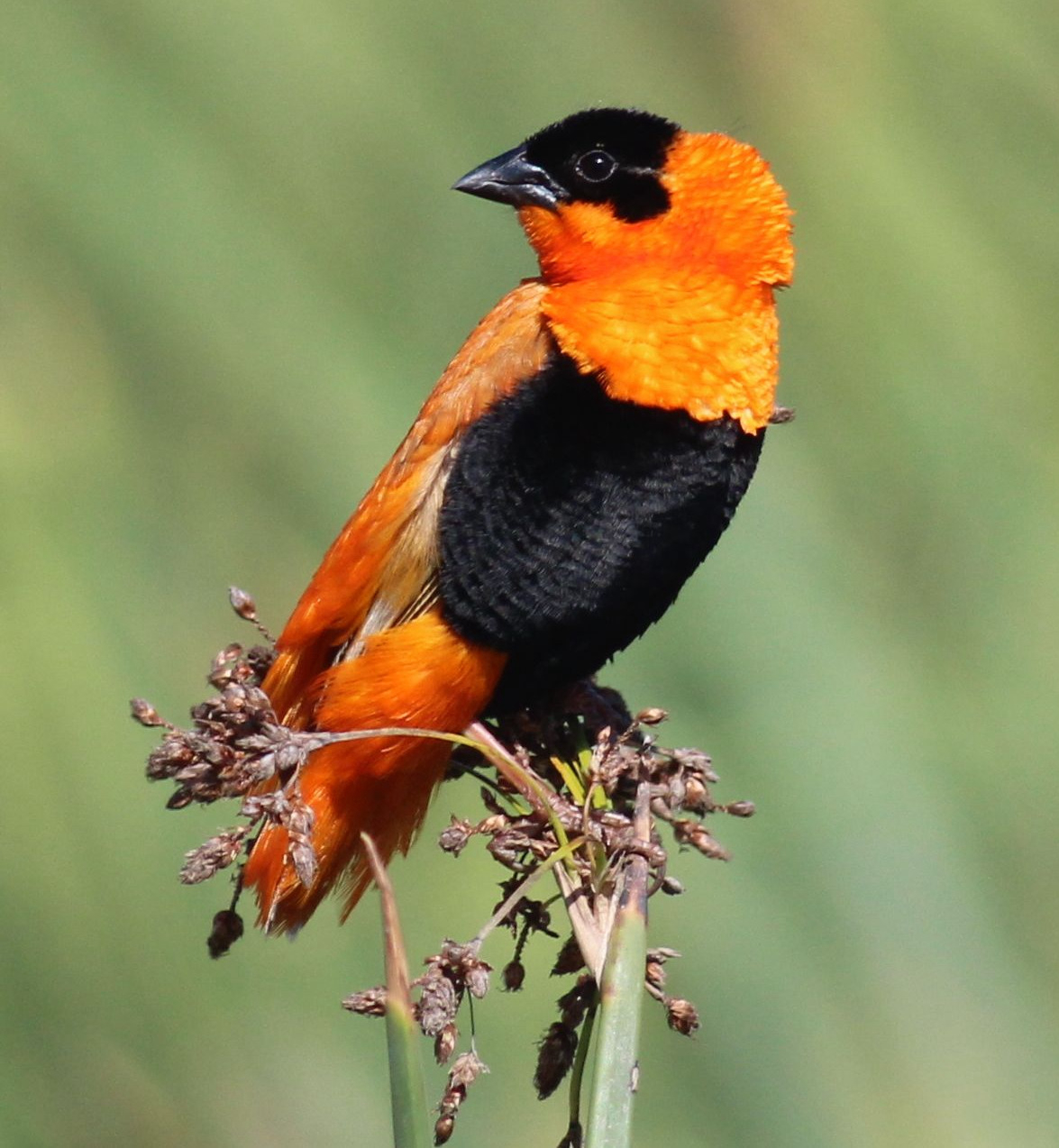
During the Global Big Day, some birders in northern Africa can find a Northern Red Bishop from Senegal to Ethiopia, along with some birders in the greater Los Angeles region of California and some Caribbean islands where the species has been introduced into the wild (photo by Paul Konrad).
|
Be a part of birding’s biggest team by participating in this year’s Global Big Day, an annual celebration of the birds around you. Wherever you are, join the fun on May 11th to identify and count all the birds you see at a given location – any location – your favorite birding location, your yard. a nearby park, or nature center. Last year, birders worldwide set new records with more than 58,700 birders reporting 7,636 different species numbering about 3.2 million bird observations during a single day of birding – the Global Big Day! Participating birders also submitted 72,561 photographs of 3,667 species of birds, along with 3,475 audio recordings of 894 species.
You are welcome to participate for as little as 15 minutes, or as long as you wish during the 24-hour count period (local time May 11th). You can also make counts at more than one location; then share list of bird sightings on the eBird website. Participate on your own, with family members, birding buddies, and in any way you wish – at home, on foot, cycling, boating, driving, horseback riding – however you wish to enjoy birding May 11th. One way to add to your Big Day participation is to invite someone who has never been birding to join you.
Overall, the Global Big Day is an extraordinary spring day for birders worldwide to gather information about birds, thereby creating an atmosphere of unity with all birders annually. During the Big Day, you can follow the progress live online as birders from around the world submit their lists of bird observations from about 200 countries in real-time on the Global Big Day page On this same website, until May 10th you can also access the information provided during last year’s Global Big Day to see how valuable the information collected can be and how it all adds up.
Your observations help biologists better understand global bird populations and create resources like the animated abundance maps produced by eBird Science. To learn more about how to participate in the Global Big Day, you can refer to Global Big Day—11 May 2024 - eBird